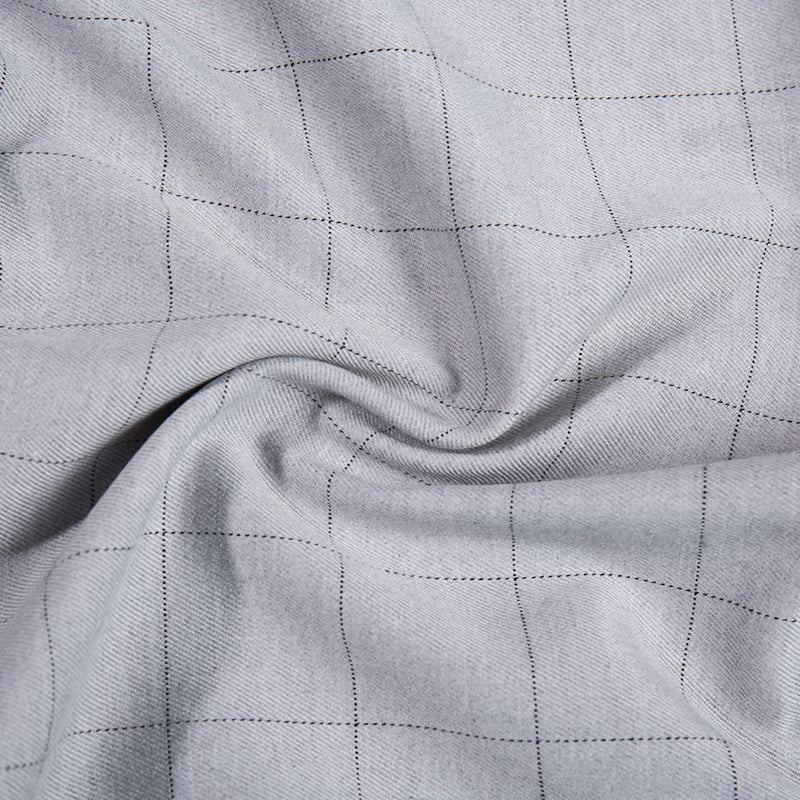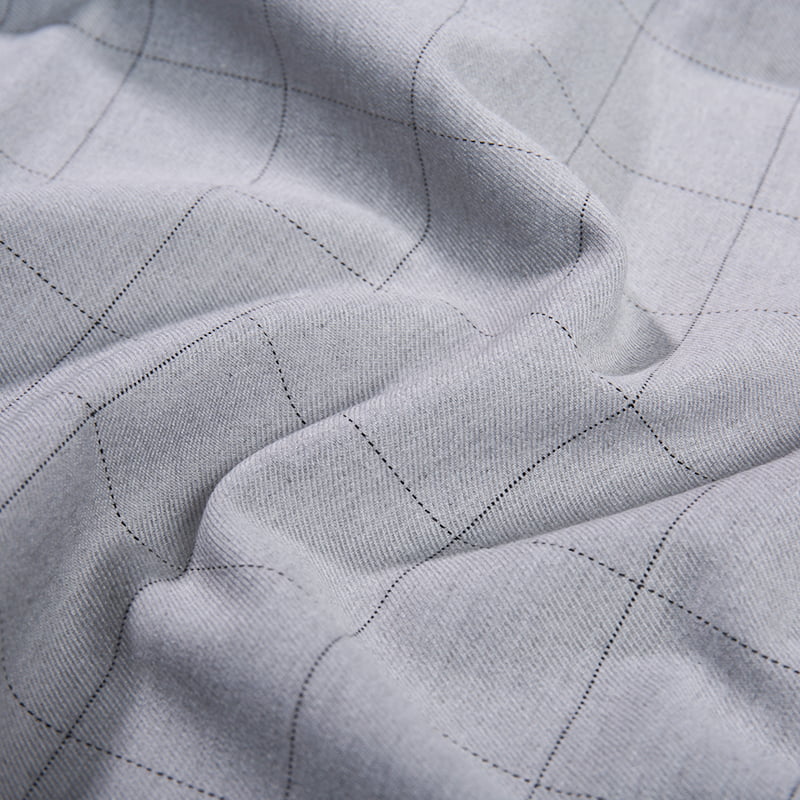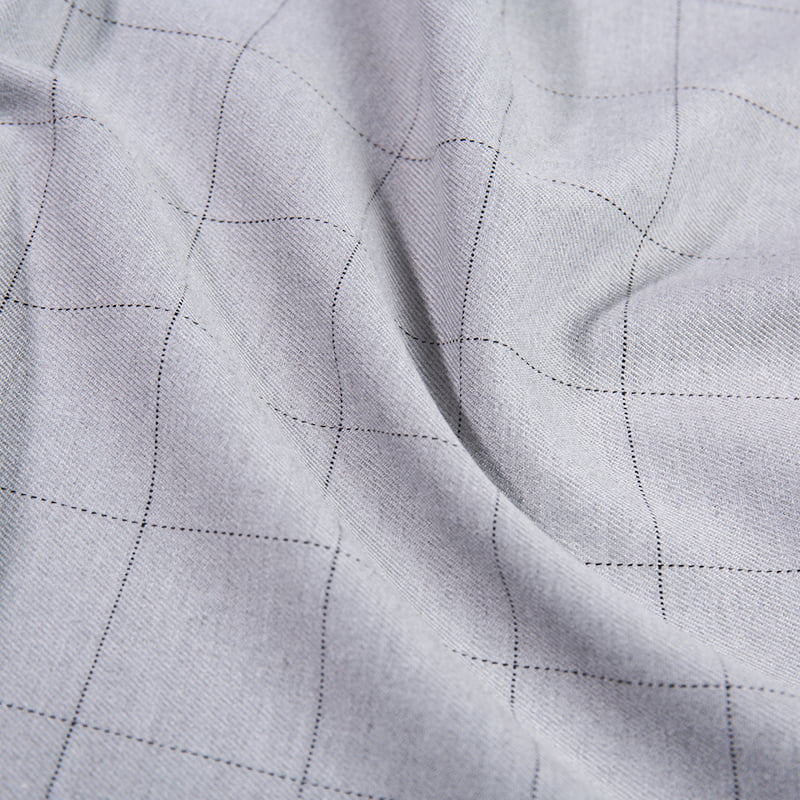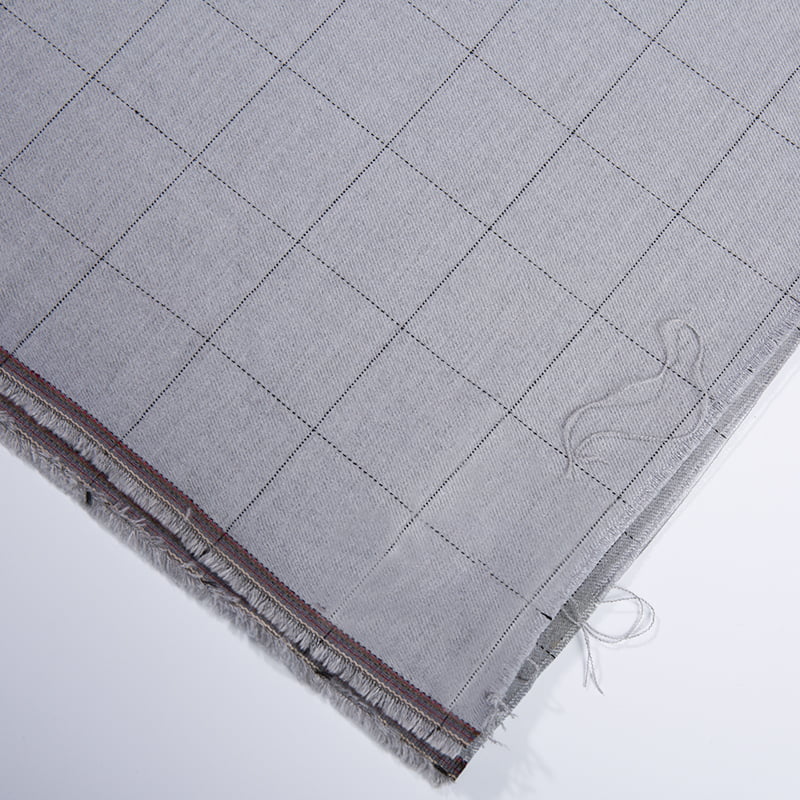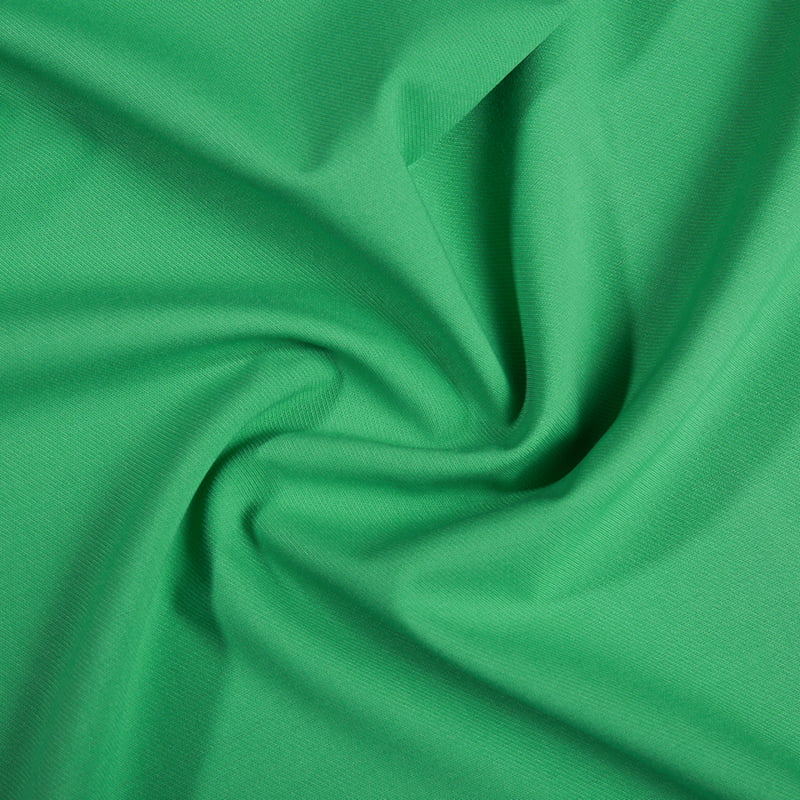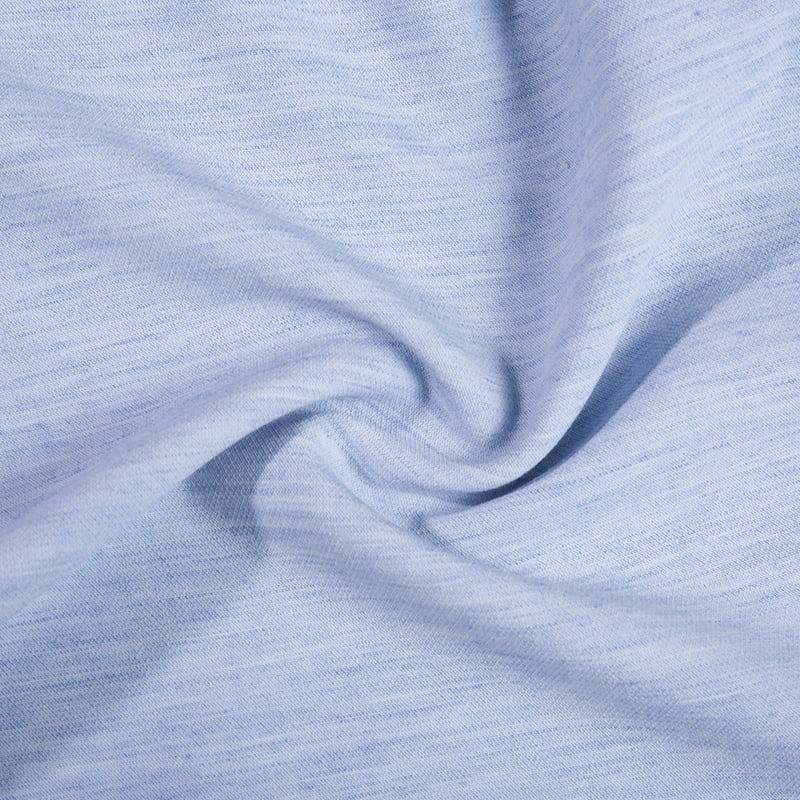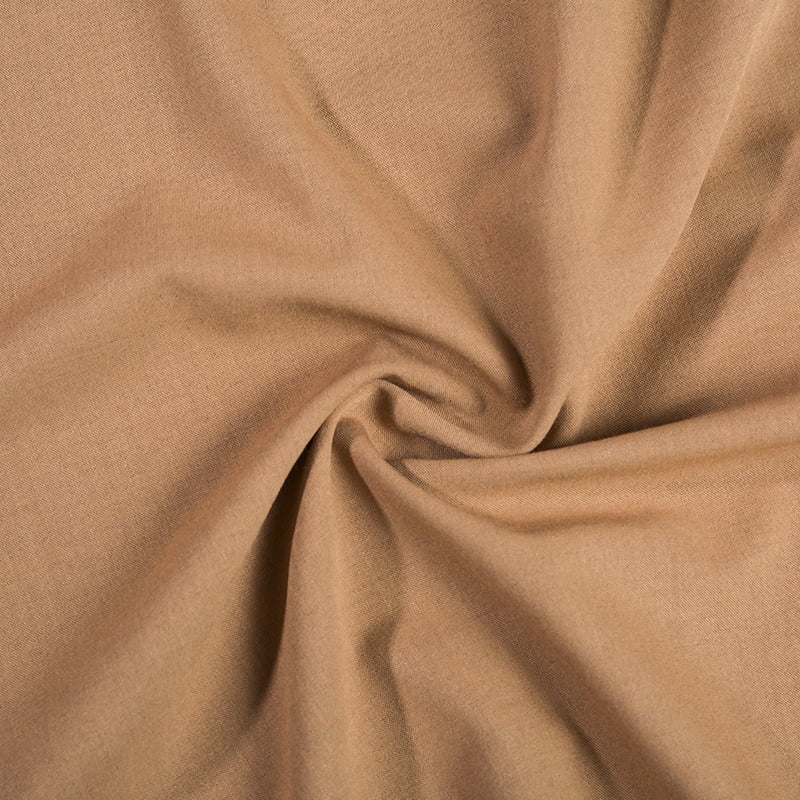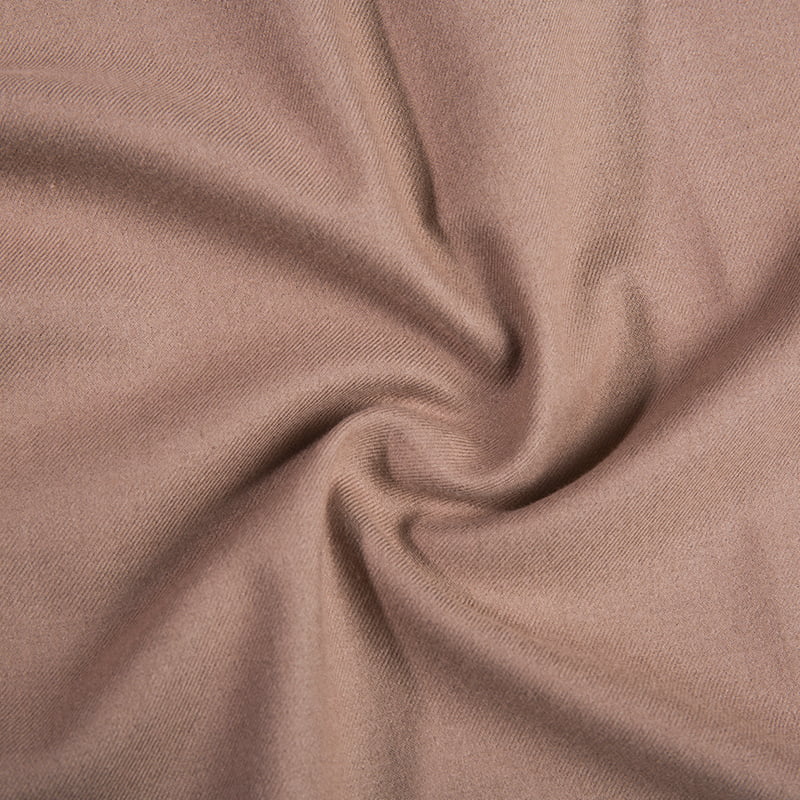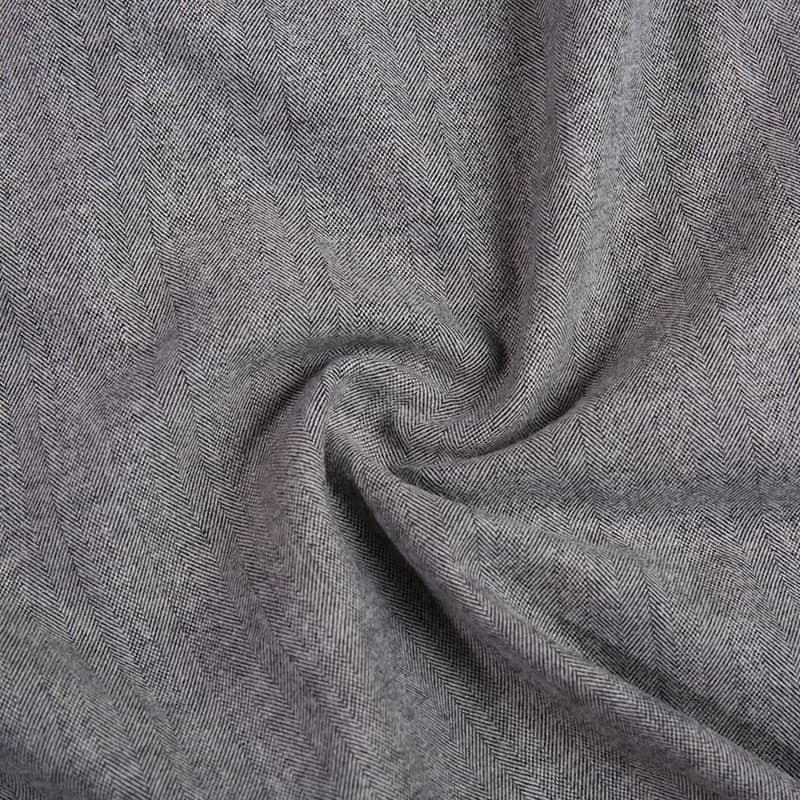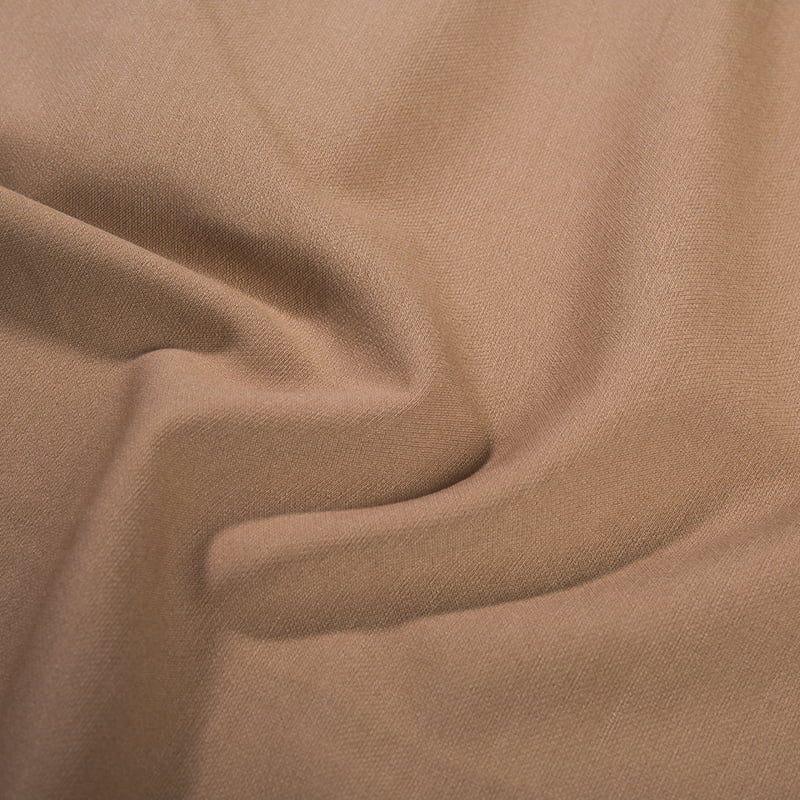How does viscose fiber effectively neutralize the static electricity generated by polyester?
In the textile industry, polyester, as a commonly used synthetic fiber, is favored for its excellent physical and chemical properties. However, a significant disadvantage of polyester is that its static electricity phenomenon is relatively common, especially in a dry environment, which is easy to accumulate static electricity, causing discomfort to the wearer and may even cause safety hazards. To solve this problem, industry experts have adopted an effective solution-mixing viscose fibers into polyester fibers.
Viscose fibers, as a derivative of natural fibers, have excellent hygroscopicity and conductivity. Its molecular chain contains more polar groups, which can form hydrogen bonds with water molecules, thus having good hygroscopicity. At the same time, the conductivity of viscose fibers is also better than that of polyester fibers, which enables it to effectively neutralize the static electricity generated by polyester.
Specifically, when polyester fibers are blended with viscose fibers, viscose fibers can absorb moisture from the air and increase the humidity of the fabric. In a high humidity environment, water molecules in the air will form hydrogen bonds on the surface of polyester fibers and absorb the charges on the surface of polyester fibers. This charge absorption effect effectively reduces the charge accumulation on polyester fibers, thereby reducing the generation of static electricity.
At the same time, the conductivity of viscose fibers also plays an important role. When polyester fiber is blended with viscose fiber, the conductivity of viscose fiber enables the charge inside the fabric to be quickly dispersed and transferred. When the charge on the polyester fiber accumulates to a certain extent, the viscose fiber can absorb or conduct it to other fibers, thereby avoiding the accumulation and discharge of static electricity.
In addition to the above two points, the blending of viscose fiber also improves the softness and comfort of the fabric. Viscose fiber itself has good softness and skin-friendliness. After blending with polyester fiber, it can form a fabric that is both soft and elastic. This fabric is not only comfortable to the touch, but also can be freely stretched according to the wearer's body shape and movement, providing an excellent wearing experience.
Combined with the above content, it can be obtained that viscose fiber effectively neutralizes the static electricity generated by polyester fiber through its excellent hygroscopicity and conductivity. This blended fabric not only solves the static electricity problem of polyester, but also improves the softness and comfort of the fabric, bringing a more comfortable and safe wearing experience to the wearer. In the textile industry, polyester viscose fiber blended fabrics have become a widely used solution, providing reliable support for the production of various uniforms and clothing.


 English
English 中文简体
中文简体 日本語
日本語 한국어
한국어 Español
Español русский
русский

